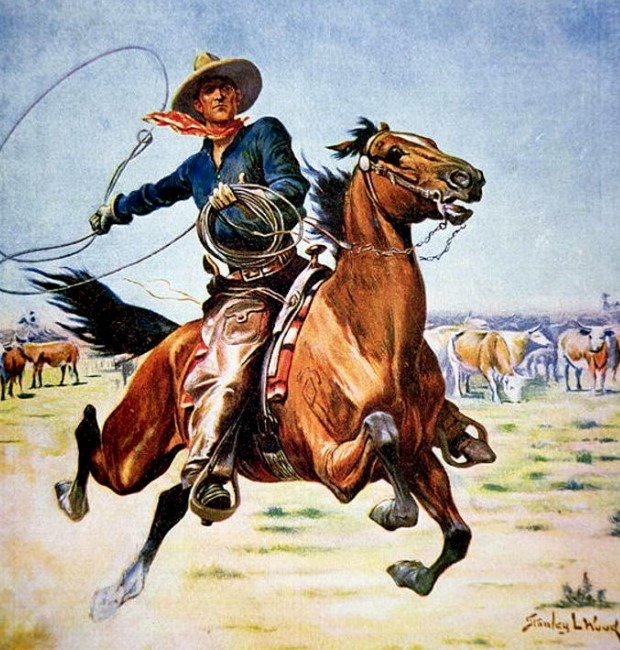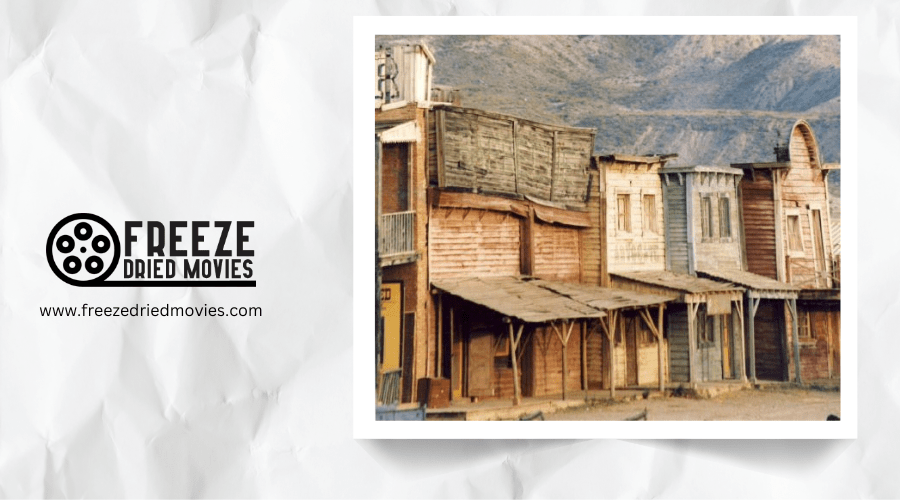Luciano Vincenzoni’s Greatest Spaghetti Western Scripts Analyzed

You'll find few screenwriters who shaped a film genre as decisively as Luciano Vincenzoni did with spaghetti westerns. His razor-sharp dialogue and morally complex characters transformed what could have been forgettable B-movies into cinematic landmarks. While Sergio Leone gets much of the credit, it's Vincenzoni's storytelling architecture that gives films like "The Good, the Bad and the Ugly" their enduring power. What made his scripts so revolutionary? The answer lies in his unique approach to character and conflict.
Luciano Vincenzoni's Greatest Spaghetti Western Scripts Analyzed
You'll notice Vincenzoni's signature approach throughout his scripts: sparse dialogue that packs emotional punch, morally complex characters, and scenes building unbearable tension before explosive violence. He crafted memorable lines that became genre hallmarks while understanding the power of visual storytelling.
What makes Vincenzoni's work exceptional is his ability to blend European artistic sensibilities with American western tropes. His narratives often explore themes of greed, revenge, and the corrupting influence of power—elements that elevated the spaghetti western beyond simple entertainment to artistic significance. Unlike John Wayne's portrayal of cowboys which defined the American cowboy archetype through films like Stagecoach and True Grit, Vincenzoni's characters embraced moral ambiguity and complexity.
The Birth of a Distinctive Voice: Vincenzoni's Early Career
You'll notice Vincenzoni's talent for sharp social commentary emerged during this formative period, particularly in the dark comedies and biting satires he penned for Dino De Laurentiis, including "La grande Guerra" and "Il gobo." These early works revealed his exceptional ability to balance wit with social critique.
Beyond his writing, Vincenzoni developed essential skills as a script doctor and cultivated industry connections that would serve him well. This foundation ultimately prepared him for the western genre that would define his legacy. Much like how Hollywood used escapist entertainment during the Great Depression, Vincenzoni's later westerns would provide audiences with a welcome diversion from everyday struggles.

For a Few Dollars More: Crafting the Perfect Western Sequel
Following the unexpected success of "A Fistful of Dollars," Vincenzoni's screenplay for "For a Few Dollars More" elevated the spaghetti western genre to new artistic heights. What's remarkable is that Vincenzoni completed this masterpiece in just 9 days, crafting a narrative that expertly balanced revenge, greed, and moral ambiguity.
The script's ingenious use of recurring motifs, particularly the pocket watch, demonstrates Vincenzoni's narrative sophistication. While Sergio Donati would later emerge as Leone's trusted script doctor on subsequent films, it was Vincenzoni who established the template for the quintessential spaghetti western with this screenplay, cementing the iconic pairing of Eastwood and Van Cleef that captivated audiences worldwide.
You'll notice how his screenplay created the perfect framework for Leone's visual style and Morricone's haunting score. His approach to themes of betrayal and moral conflict mirrors the complexity found in Humphrey Bogart's film noir classics like The Maltese Falcon, though translated to the dusty landscapes of the American West.

The Good, the Bad and the Ugly: Redefining the Western Epic
The pinnacle of Vincenzoni's scriptwriting prowess emerged in "The Good, the Bad and the Ugly," where his expansive vision transformed the western into an epic meditation on humanity during wartime. When you examine Leone's masterpiece, you'll find Vincenzoni's genius in crafting morally complex characters far removed from traditional western archetypes.
What makes this screenplay revolutionary:
- The intricate treasure hunt narrative seamlessly integrates with Civil War backdrops, creating unparalleled dramatic tension
- Dialogues between Eastwood, Van Cleef, and Wallach deliver sharp wit without excessive exposition
- The script's structure expertly builds toward the iconic cemetery standoff, allowing Morricone's score to become a fourth character
Vincenzoni didn't just write a western—he architected a cinematic monument that continues to influence filmmakers decades later.

Behind the Scenes: The Vincenzoni-Leone Creative Partnership
Genius rarely flourishes in isolation, and the unprecedented success of Spaghetti Westerns stemmed from the volatile yet productive partnership between Luciano Vincenzoni and Sergio Leone. You can trace their collaborative magic through the "Man with No Name" trilogy, where Vincenzoni's narrative sensibilities complemented Leone's visual flair perfectly.
Their relationship with Leone wasn't always harmonious. Vincenzoni's pivotal role in casting Clint Eastwood demonstrated his industry savvy, but tensions emerged when he cut 45 minutes from Leone's original cut of "The Good, the Bad and the Ugly."
Their partnership ultimately fractured during "Duck, You Sucker," with Vincenzoni criticizing Leone's ego and financial motivations.
Despite their eventual falling out, you can't deny how their creative friction forged a cinematic revolution that forever transformed the Western genre.
Dialogue and Character Development in Vincenzoni's Westerns
While Leone's visual imagination crafted the spaghetti western's distinctive look, Vincenzoni's gift for dialogue and character development formed its soul. When you watch classics like "The Good, the Bad and the Ugly," distributed by United Artists, you're experiencing his genius for creating morally complex characters through sharp, economical dialogue.
Vincenzoni's writing transformed the genre by:
- Subverting traditional western archetypes with morally ambiguous protagonists who operate in the gray areas between hero and villain
- Crafting tense verbal exchanges that establish power dynamics and create the genre's unmistakable mood
- Expanding Eastwood's "Man with No Name" character beyond the typical western hero, adding psychological depth through carefully chosen words rather than exposition
Cultural Impact: How Vincenzoni's Scripts Changed Cinema History
Luciano Vincenzoni's scripts broke through traditional western film boundaries, reshaping cinema history with their sardonic wit and moral complexity. Born in Treviso, this screenwriting maestro infused the genre with irony and ambiguity that perfectly mirrored 1960s America's cultural turbulence.
His work in the "Dollars Trilogy" revitalized a fading genre, establishing conventions that countless filmmakers would later emulate. The Good, the Bad and the Ugly represents the pinnacle of his subversive approach, challenging traditional heroism while embracing stylized violence and nihilistic themes.
His business savvy guaranteed these revolutionary films received global distribution, amplifying their influence. By rejecting simplistic morality tales for complex character studies, Vincenzoni's screenplays forever altered how audiences perceive westerns and inspired generations of filmmakers to push cinematic boundaries.



